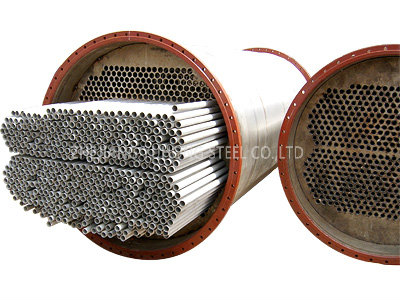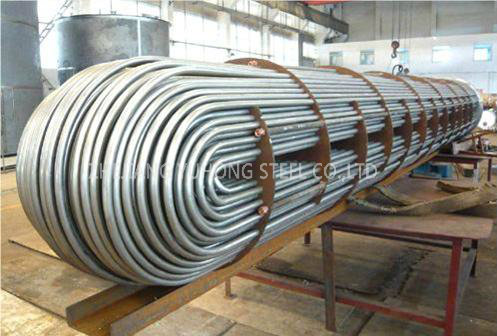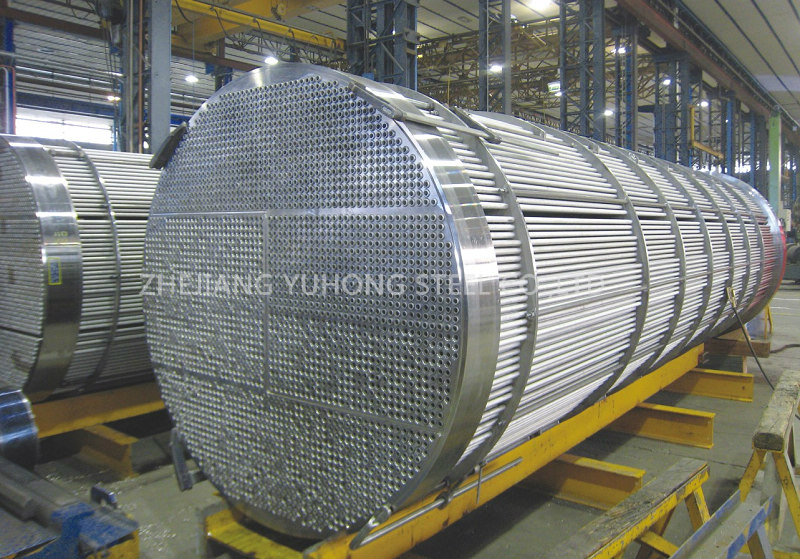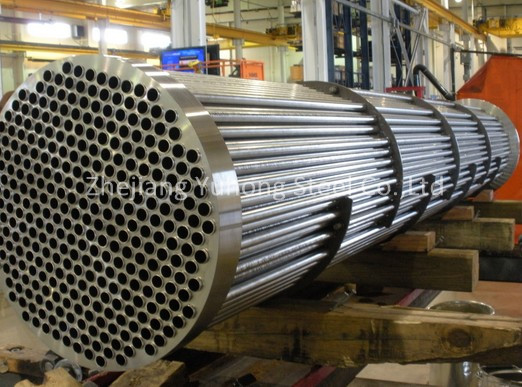1 Topic content and scope of application
1.1 This standard specifies the fire extinguisher inspection, maintenance technical requirements and fire extinguisher scrap conditions.
1.2 This standard applies to the maintenance and scrapping of various types of portable and cart fire extinguishers.
2 Reference standards
GB 4351 Portable Fire Extinguisher General Specifications
GB 4402 portable dry powder fire extinguisher
3 Extinguisher inspection
3.1 After each use of the fire extinguisher, it must be sent to the maintenance unit (hereinafter referred to as the maintenance unit) that has obtained the maintenance permit to inspect, replace the damaged parts, and refill the fire extinguishing agent and driving gas.
3.2 Fire extinguisher, whether it has been used or not used, must be sent to the maintenance unit for hydrostatic pressure test when it has reached the specified time limit.
3.2.1 Portable and cart type 1211 fire extinguisher, hand-held and cart type dry powder fire extinguisher. And the portable and cart type carbon dioxide fire extinguisher expires for five years, and every two years thereafter, a hydrostatic test must be performed.
3.2.2 Portable and cart mechanical foam fire extinguishers and portable water fire extinguishers expire for three years, and after every two years, hydrostatic test must be conducted.
3.2.3 Hand-held and push-type chemical foam fire extinguishers and portable acid-alkali fire extinguishers expire at the end of two years, and after that every other year, hydrostatic test must be conducted.
3.3 The visual inspection found that any of the conditions listed in Article 5.1 must be disposed of as waste.
4 Maintenance Technical Requirements
4.1 All kinds of fire extinguishers that have been repaired must meet the requirements of national or industry standards of the product.
4.2 Extinguisher cylinder
4.2.1 The maintenance organization shall carry out hydrostatic test on fire extinguisher cylinders one by one in accordance with the provisions of Article 3.2. In addition, the fire extinguisher has been used. Although it has not reached the period specified in Article 3.2, but the visual inspection found that the barrel body has a bump, the quality of the weld appearance does not meet the requirements, it should also be carried out hydrostatic test inspection. In order to prevent environmental pollution, the extinguishing agent in the cylinder should be placed in the corresponding tank before the hydrostatic test. The hydraulic test pressure is 1.5 times the design pressure of the fire extinguisher. There shall be no defects such as leakage and macroscopic deformation (residual deformation equal to or greater than 6%) that affect the strength during the test.
4.2.2 The cylinder body with a satisfactory hydrostatic pressure test has a complete decal, but if there is a part of the paint peeled off, it should be repainted.
4.2.3 The cylinders that are qualified for water pressure test (except water-type fire extinguishers) shall be dried. The Ministry of Public Security of the People's Republic of China approved 1995-03-01 for implementation on 1995-03-01.
4.3 The rubber and plastic parts of fire extinguishers must not be washed with organic solvents. Deformation, discoloration, aging or breaking must be replaced.
4.4 The outer surface of the pressure gauge shall not have defects such as deformation or damage. The pressure value display should be normal, otherwise, the pressure gauge should be replaced.
4.5 If the nozzle has defects such as deformation, cracking, or damage, it must be replaced. The dust cover should ensure that the fire extinguishing agent can detach or break on its own when ejected.
4.6 The metal parts of the pressure extinguisher, valve body, etc. shall not be seriously damaged, deformed, rusted, etc., which will affect the use of the defect. The ejector pin must not have visible defects, otherwise it must be replaced.
4.7 Seals, seals and other sealing parts must be replaced and meet the sealing requirements. The moisture-proof membrane of the dry powder fire extinguisher must be replaced and comply with the requirements of GB 4402 section 2.2.5.
4.8 The extinguisher outlet pipe should not be bent, blocked, damaged or cracked, otherwise it must be replaced.
4.9 Carbon dioxide cylinders (hereinafter referred to as cylinders) 4.9.1 Gas cylinders must meet the requirements of 2.6 of GB 4402 "Personal Dry Powder Extinguisher".
4.9.2 After five years from the date of shipment, the gas cylinder must be subjected to a hydrostatic test in accordance with the requirements of paragraph 3.6.2 of GB 4351 every three years thereafter. Unqualified hydraulic pressure test must be replaced. 4.9.3 Gas cylinders that have not been stamped according to the requirements of 6.3 of GB 4351 "General technical conditions for portable fire extinguishers" must be replaced.
4.10 Head 4.10.1 The head shall not allow defects such as cracks or thread failures, otherwise it must be replaced.
4.10.2 After the plastic head has been used for two years, the hydraulic pressure test must be performed together with the cylinder body. Those who fail must be replaced. 4.10.3 From the date of delivery, the metal head must be subjected to a hydrostatic test once every five years. The unqualified must be replaced.
4.11 Chemical foam fire extinguisher inner agent bottle must not have cracks and other defects, otherwise it must be replaced.
4.12 Filters of water-type or foam fire extinguishers are damaged and must be replaced.
4.13 All fire extinguishers and parts that need to be replaced should be produced by the original manufacturer as far as possible. If other factories or home-made parts and components are used, they must meet the national standards, industry standards, and design requirements of fire extinguisher manufacturers.
4.14 After the fire extinguisher has been repaired, its filled extinguishing agent should meet the requirements of the relevant extinguishing agent.
4.15 After repairing the fire extinguisher, a permanent maintenance nameplate must be affixed to the fire extinguisher body and the gas cylinder.
4.15.1 nameplate on the cylinder
4.15.1.1 The position of the nameplate shall be on the back side of the fire extinguisher manufacturer's decal.
4.15.1.2 The size of the nameplate is recommended to be 70mm x 50mm.
4.15.1.3 The color of the nameplate is recommended to be black on white.
4.15.1.4 The nameplate shall have the following contents: Name of the maintenance organization; Number of maintenance permit; Pressure value of the hydraulic pressure test of the cylinder MPa; Year and month of maintenance.
4.15.1.5 Nameplates for each service are not allowed to cover each other.
4.15.2 The permanent nameplate of the gas cylinder (not allowed to use steel) shall be marked with the filling factor of the gas cylinder and the driving gas filling volume. At the same time, the name of the maintenance organization and the year and month of inflation shall also be indicated.
5 Retirement of fire extinguishers
5.1 Fire extinguisher has one of the following conditions and must be scrapped.
a. The cylinder shall be subjected to hydrostatic test in accordance with Paragraph 4.2.1. The unqualified must be scrapped and no welding is allowed.
b. The tube is heavily rusted (a large area of ​​paint peels off, the rust area is greater than or equal to one third of the total area of ​​the barrel) or the joints and the bottom of the barrel are heavily rusted.
c. The inner button head is not (or is not installed) a bleeder screw and a set screw.
d. Hand-wheel valve carbon dioxide fire extinguisher, must replace the pressure handle valve; fire extinguisher is greater than or equal to 4 ? fire extinguisher, should replace the nozzle with intermittent injection mechanism or additional spray gun. Can not be replaced should be scrapped.
e. The cylinder is severely deformed.
f. The structure is irrational (such as the flat bottom of the cylinder; the external cylinder, the inlet pipe from the cylinder body into the cylinder inside the dry powder fire extinguisher).
g. There is no name of the manufacturer and year of manufacture (including decals, or decals, but the name of the manufacturer and the year of manufacture cannot be seen)
h. No production license has been produced by the manufacturer.
i. The public security fire department of the Ministry of Public Security or other provinces (cities, districts) has ordered the prohibition of sales and maintenance.
5.2 Date of extinguishment of fire extinguishers Fire extinguishers shall be scrapped from the date of manufacture and reach the following years:
a. Portable chemical foam fire extinguisher - 5 years;
b. Portable acid-base fire extinguisher - 5 years;
c. Portable water fire extinguisher - 6 years;
d. Portable dry powder fire extinguisher (gas cylinder type) - 8 years;
e. Portable pressure dry powder fire extinguisher - 10 years;
f. Portable 1211 fire extinguisher - 10 years;
g. Portable carbon dioxide fire extinguisher - 12 years;
h. Cart type chemical foam fire extinguisher - 8 years;
i. Cart type dry powder fire extinguisher (gas bottle type) - 10 years;
j. Cart storage pressure dry powder fire extinguisher - 12 years;
k. Cart-type 1211 fire extinguisher - 10 years; cart type carbon dioxide fire extinguisher - 12 years.
5.3 Scrap mark The fire extinguisher or gas bottle that should be scrapped must be perforated in the barrel or bottle body, and be marked with “Scrap†on the self-adhesive. The content is as follows:
a. "Scrapping", the minimum font size is 25mm x 25mm;
b. Retired years and months;
c. name of the maintenance organization;
d. Inspector's signature. Additional notes: This standard was proposed by the Ministry of Public Security Fire Department. This standard is under the jurisdiction of the National Fire Protection Standardization Technical Committee.
Heat exchanger Tube
Heat exchanger Tube are used in all types of process industries. We offer the market`s widest selection of stainless steel grades and has extensive experience of manufacturing heat exchanger tubes.
Description: Heat-exchanger equipment, pipelines and pipeline components
OD: 15.88, 19.05, 25.4, 31.75, 38.1mm etc;
WT: 1.24, 1.65, 2.11, 2.77, 3.05mm etc;
Main Testing Terms Accoring to ASTM A213 and ASTM A1016, EN 10216-5
1. High pressure hydraulic Test / Hydrostatic testing; 2. Eddy current test, Ultrasonic Test; 3. Mechanical Test, Physical properties test; 4. OD , WT, Length tolerance Test.; 5. PMI Test
Tubes End: The tubes are supplied plain, square cut and on request, the tubes will be deburred.
Application:
Nuclear Industry; Chemical Industry; Petrochemical industry; HVAC (Heating Ventilation Air Conditioning), refrigeration; Food and Beverages; Power Generation




Heat Exchange Tube,Incoloy Heat Exchanger Tube,Inconel Heat Exchanger Tube
YUHONG GROUP CO.,LIMITED , https://www.alloypipeline.com